Explore Your Garden Personality: The Collector
We gardeners are as varied as the spaces we create. Some of us are artists, creating beautiful, balanced vignettes; some are philosophers, finding meaning in a sparse but thoughtfully executed space. Then there are the collectors, sometimes eccentric or uberserious but always fun, passionately driven to have the newest, greatest, rarest and best. You will frequently find collectors at the farmer’s market early on a Saturday morning, at botanical garden plant sales, at flea markets or reading specialty plant catalogs with an intensity usually reserved for bestselling novels.
Perhaps you are a self-proclaimed blatant collector or perhaps, like most gardeners, your personality or archetype is split. Most collectors, whether they will admit it or not, could use a bit of help to tame their collections through cohesive design principles.
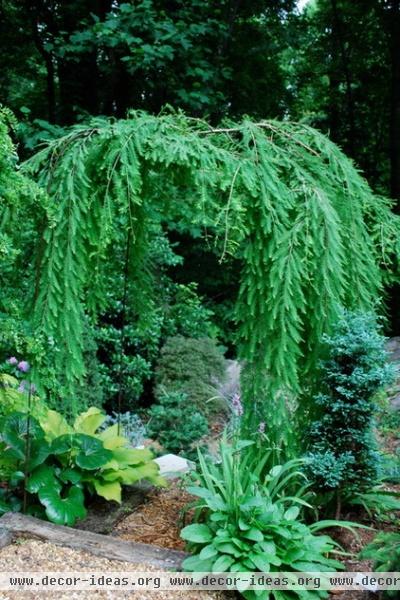
My garden has been very forgiving and patient with me. My collection phases have historically resembled the Chinese calendar. There was the year of the heuchera and the year of the hosta; then came daylilies, Oriental lilies, Japanese maples and conifers. In my evolving zeal for collecting, some of these plants survived, some died and some were removed.
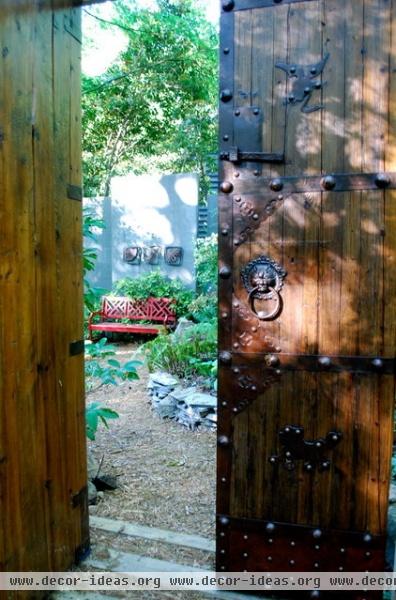
Then came the art. There was ceramic art, rusted steel sculpture, blown glass, oversize pottery, wind sculpture, even a set of antique Chinese doors. What was I to do?
An honest garden designer will frequently tell you that it is easier to design a garden for someone else than for yourself. Good judgment with regard to design principles is easily clouded by emotional attachment to heirloom plants or collected art. If you are an out-of-control collector, a good garden designer could be your best friend.
If the thought of hiring a garden designer to brutally tame your collection scares you, and buying the vacant lot next door for expansion isn’t a possibility, there are some design principles you can employ to test the waters. Depending on what you collect, some of these principles will apply more specifically to your garden than others.
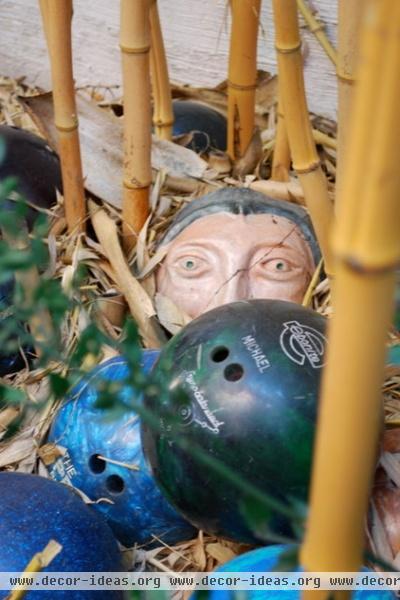
Group collectibles together. Marcia Donahue is as much a collector as she is a celebrated ceramic artist. Integrating her whimsical collection of hundreds of bowling balls into a garden would have been a daunting task for any garden designer. One good solution: Group similar items together. This principle is especially helpful if collected items are small and similar in shape. Go ahead and make a bold statement. You know you want to.
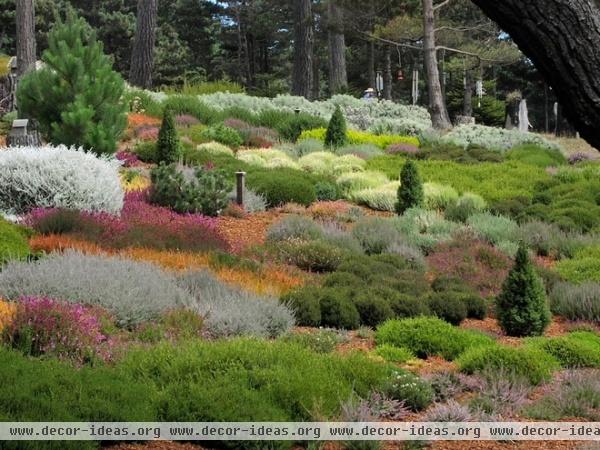
Perhaps your collection is a bit tamer than the one shown previously. The designer of the garden shown here created a spectacular display of heathers by grouping them together. By doing this she emphasized both their similarities and unique qualities. Additionally, the dwarf conifers interspersed throughout the space pull the eye and create rhythm. If the collection had been dispersed throughout the property, much of the impact would have been lost.
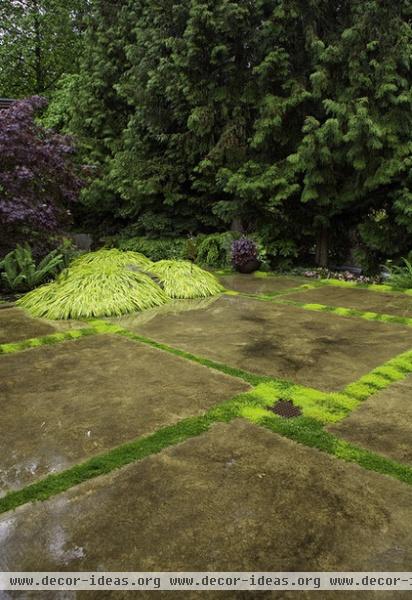
Embrace similarities. Find the common thread in your collection. Perhaps it is color, as shown in this photo. By embracing the common thread and allowing plants to show off their individuality with regard to texture or shape, you can create continuity while allowing parts of your collection to shine with their own unique qualities.
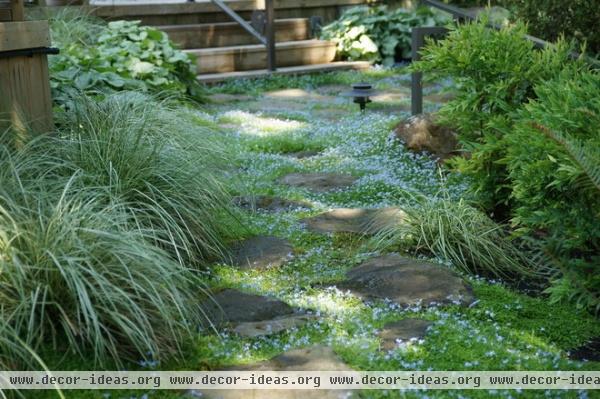
Use a ground cover as a unifying element. Just as an area rug can tie a room full of disparate furniture together, a ground cover can weave cohesiveness into a disparate collection of plants. Notice how this carpet of Mazus reptans (USDA zones 5 to 8) brings unity to this collection of sedges, ferns, nandina and Brunnera.
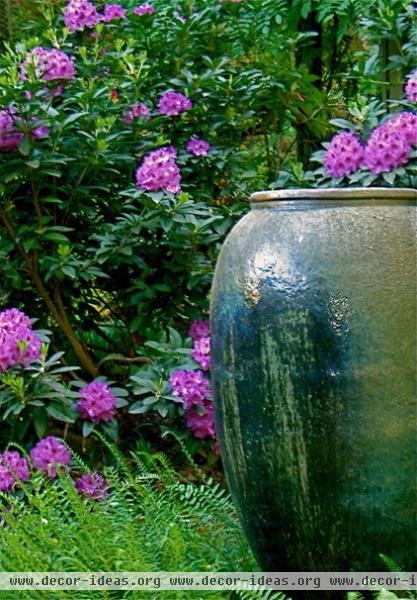
Discover sight lines. I believe no garden is complete without at least one sculptural element. I also believe there is a fine line between just enough art and too much art. This can be a difficult concept for the collector to grasp.
Almost every garden has multiple sight lines; the entire garden is not usually visible from any one vantage point. The collector can use this to his or her advantage with regard to art placement. A well-placed shrub, a screen, a wall or even a house corner can create a new opportunity for siting art. Placing art this way adds a new dimension of depth and discovery to a space. Depending on size and how much attention each piece commands, try to limit your art to one to three pieces per sight line. That is enough.
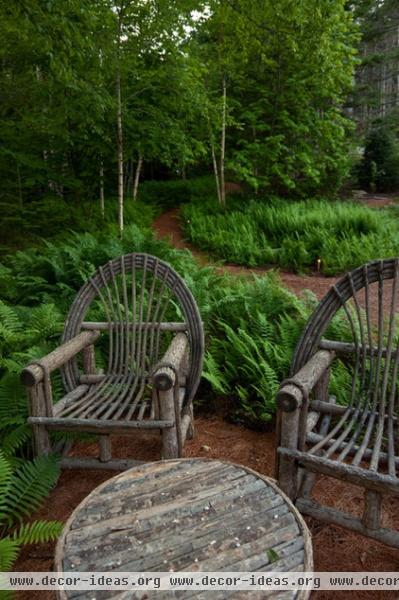
Rediscover simplicity. Sometimes the devil is in the details and less is more. If your garden collection is frantically driving you instead of bringing you peaceful enjoyment, it may be time for decisions and change. I know many collectors who have reached this point. Evaluate your plants; take note of those that are performing well and those that aren’t. Consider planting a single species en masse. In the end you won’t be sorry.
More: What Kind of Gardener Are You? Find Your Archetype












